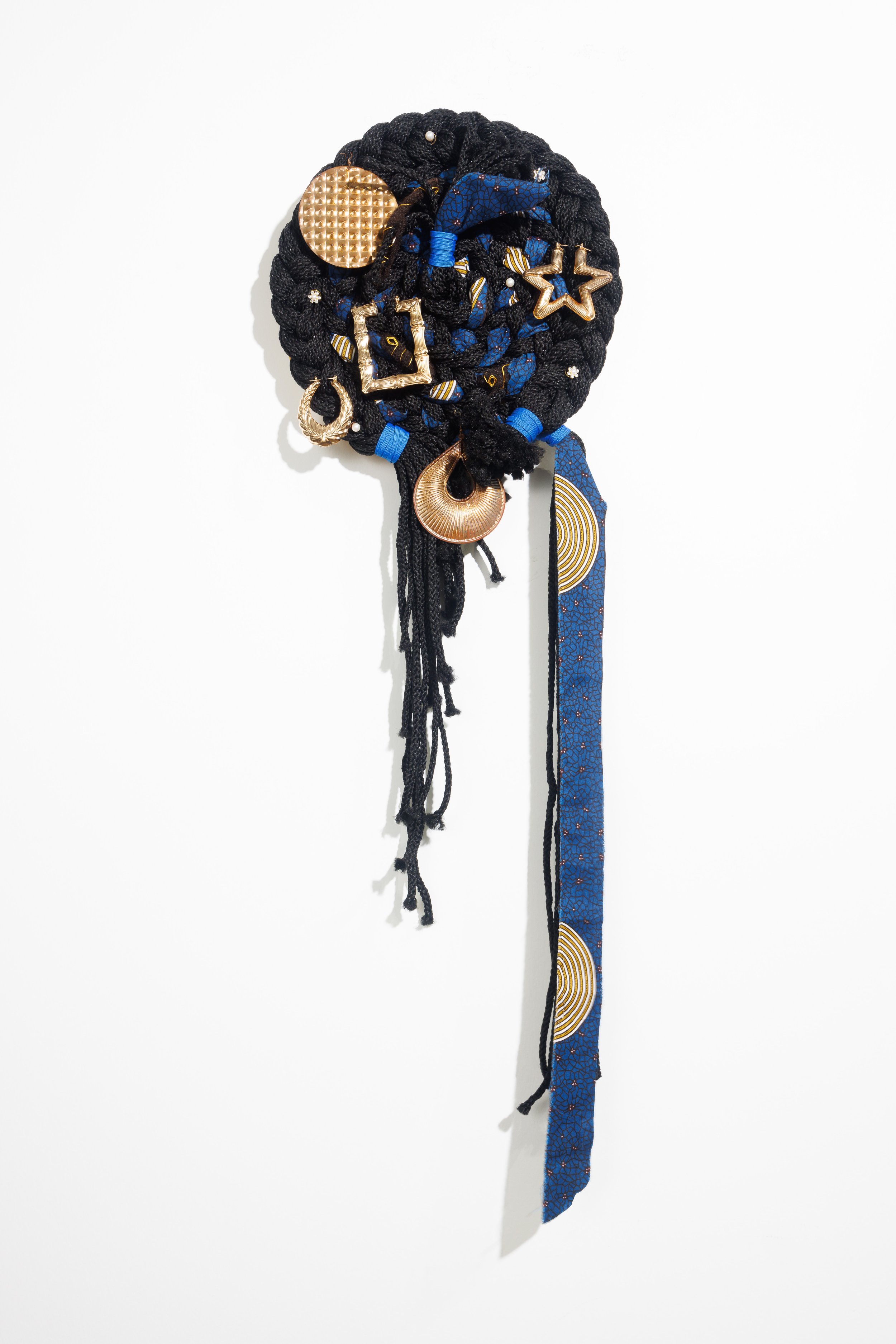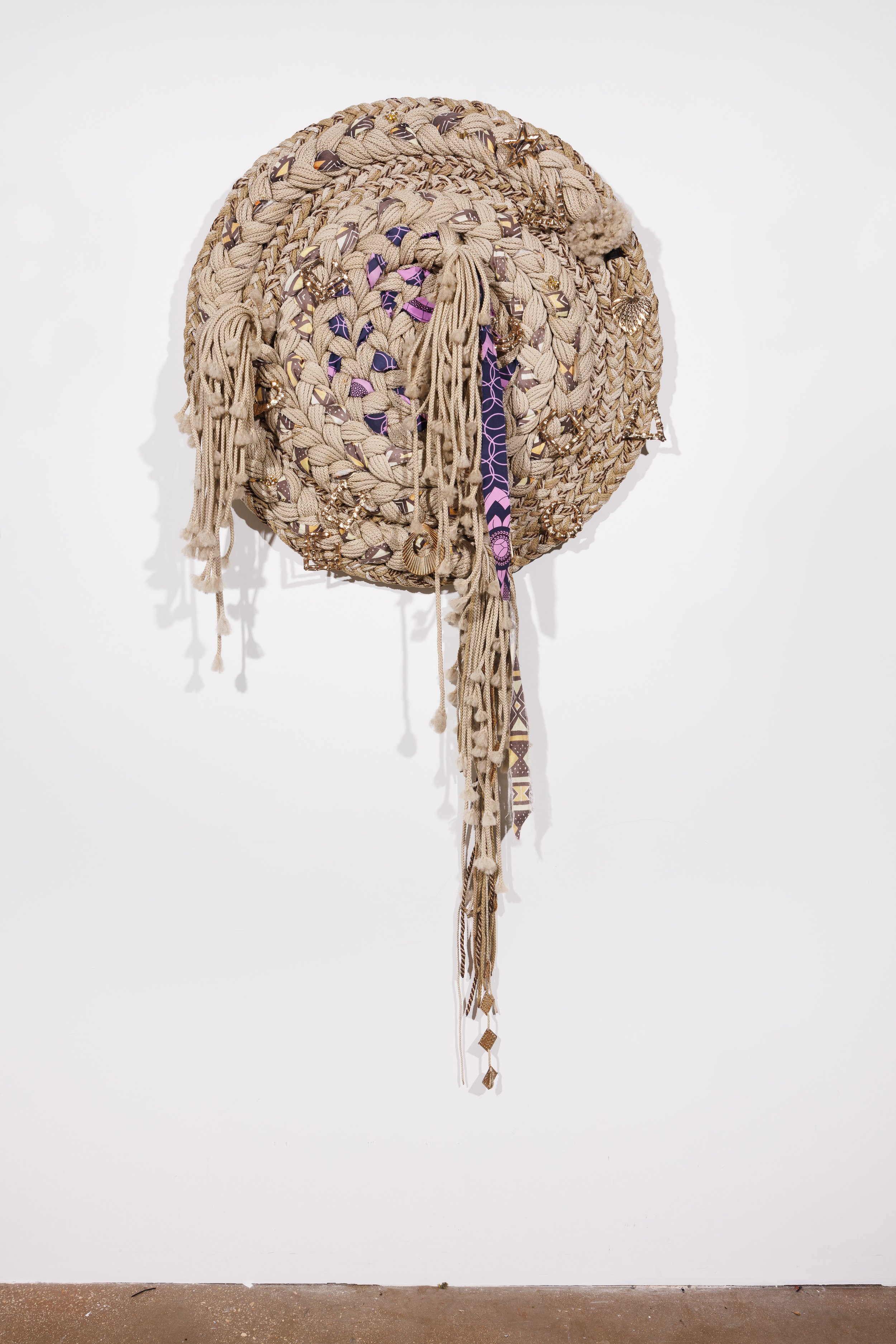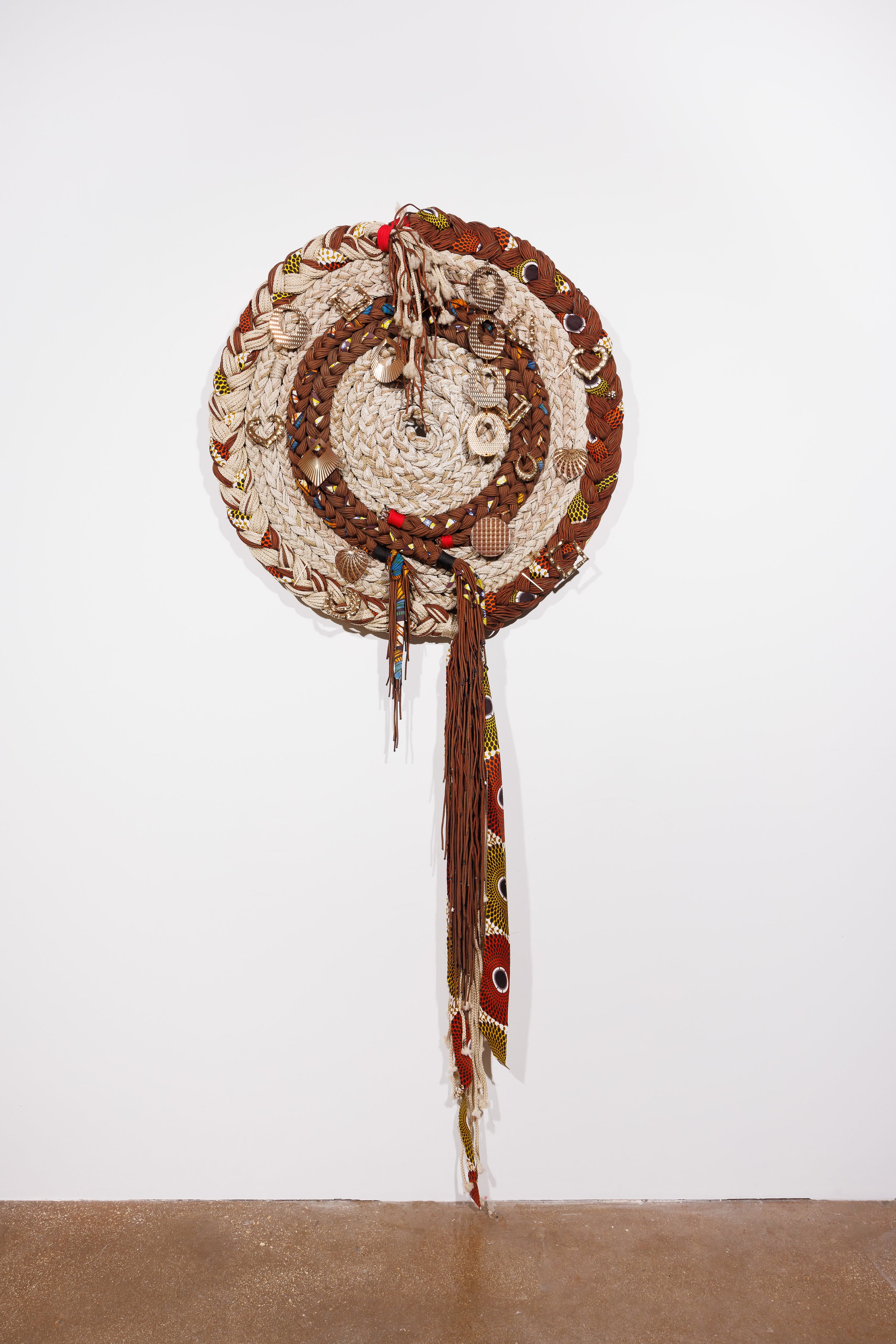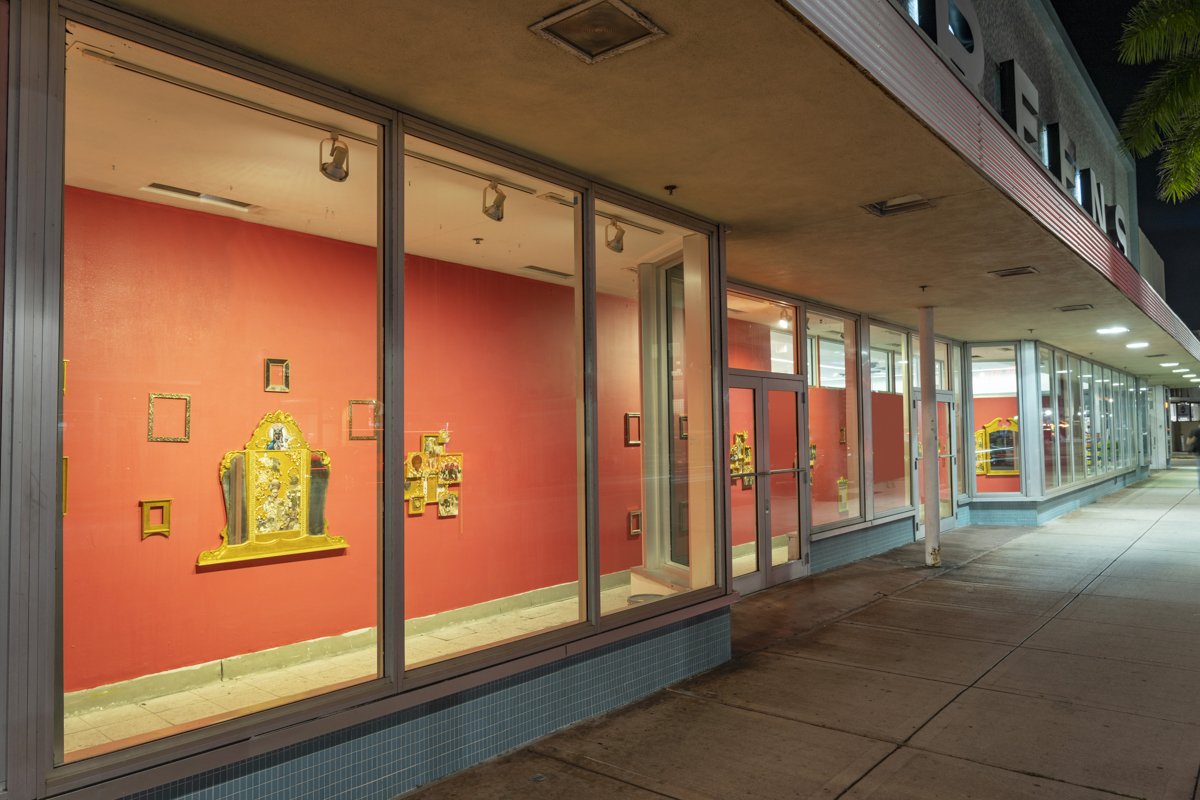The Reciprocity of Flesh: Sacred Assemblage in Miami
By Kristina Kay Robinson
“That’s what the old ones said in ancient times and we talk it again.” –Zora Neale Hurston, “Hoodoo,” Mules and Men.
The night I met Locust Projects artists-in-residence, Loni Johnson and Chire “Vanta Black” Regans for dinner and introductions, our table immediately became crowded with history and futurity. We arrived at this first conversation with all of our selves present–our little girl versions in our laps, our twenty somethings beside us, our futures selves above. It didn’t take very long into it for Arthur McDuffie’s name to be invoked. On December 17, 1979 McDuffie’s was beaten by members of the Miami Police Department following a traffic stop. He would die a few days later from those injuries. The acquittal of the police officers involved began what have been popularly called the Miami Riots, but an uprising is what I call it, Regans emphasized. Miami’s complex and complicated history whirled around us. Miami’s Design District had been a series of warehouses a little less than twenty years ago. It's a crossroads of Miami’s history in a lot of ways, Johnson said, referring to the neighborhood I was staying in just a few blocks away. In 2005, the 18 square block area was developed into upscale shops, a few years following the start of Art Basel Miami. Regans and Johnson themselves sit in multiple personal intersections as exhibiting artists and mothers, longtime friends, colleagues as residents together at Locust Projects, and their other interlocking collaborations. Within the multinational landscape of Miami these two artists are creating space and articulating an experience of both Miami and the country at large that challenges popular narratives and questions how, when, and if at all, the place of the Black American experience in the story of the diaspora is understood.



In order of appearance: Chire Regans: “Roscoe”, 2023, 12” X 2”, yarn, fabric, metal earrings, human hair, mounted on canvas, photo by Frank Casale. Chire Regans: “Carolyn”, 2023, 36” X 3”, yarn, fabric, metal earrings, mounted on wood, photo by Frank Casale. Chire Regans:“Untitled”, 2023, 36” X 3”, yarn, fabric, metal earrings, mounted on wood, photo by Frank Casale.
Chire “Vanta Black” Regans, a St. Louis native has called Miami home for three decades and her practice reflects her multiple landscapes and memories of home. Throughout the height of the pandemic and protests following the death of George Floyd, Regans created a series of portraits of victims of police and gun violence. Resisting contemporary art trends to stylize or sensationalize such portraiture, Regans utilized social media to tell individual stories and create an archive to the promises of lives stolen. Her mural at Bakehouse Art Complex, Say Their Names features over 250 names of those lost abruptly and prematurely–each name rendered by hand by Regans. Regans’s artist moniker, “Vanta Black,” derives from the world’s blackest pigment, a material that absorbs 99.6% of the visible light that hits it. Regans's vast capacity to hold so many stories in her mind, heart, and in her hands struck me viscerally, as I listened to her recount the personal stories of loss that connected her to her subjects and to their loved ones. Our discussion in her studio, in large part, was dedicated to the notion of a grieving after grieving. The aftermath of the creation of such a large body of work, where the victims only grow day by day–what then can be a balm? Regans’s recent public art installation titled To What Lengths, on the plaza at MOCA, says that balm is an exaltation of the living. Representative of women in her family, long stretches of braiding hair and other adornments and embellishments associated with the practice swayed from palms. Seating was arranged at the bases, the trees acting as braiders and the observers as the braid-ees. The new body of work she has been making during her residency time at Locust Projects continues this delving into the spirit sustaining practices of Black women. Large spiral soft sculptures incorporating braiding hair, chord and textiles created new galaxies in the studio, each one a world into itself.



Loni Johnson: We Never Left, photo courtesy of the artist. Loni Johnson: “Let it Linger”, Installation at The Kampong as a part of the exhibition Biscayne, photo by Frank Casale. Loni Johnson’s works on view at Oolite Arts’ Windows at Walgreens in North Beach, photo by Edson Smitter.
It is so important to remember and be remembered. It is the work of a lover and a warrior. also featured at The Bakehouse Art Complex was Loni Johnson’s 3:33| A Procession (Reprise), a ritual through movement anchored by a site specific altar constructed by Johnson. Altars and shrines play an important role within the canon of assemblage and within the landscape of the American South, emblematizing the many cultural Souths the region contains. Loni Johnson’s practice elucidates this function, charting both her own individual growth over time, and the lives of family and friends. A treasure trove of photographs supplied by her father, the family’s documentarian, covered her table of supplies at Locust. My eyes were wet as I inhaled the familiar smell and felt the texture of eighties era photographs. We both knew what it meant to lose precious memories to storms. On one of her other working tables of materials were books on spirituality, theory, works of fiction. Much of our visit we spent exchanging stories of how we came upon particular authors, artists and cosmologies. Johnson’s sculptural shrine pieces that filled her studio space at Locust consisted of repurposed mirrors, headboards as well as her own geometric constructions, overlain in gold and adorned with collaged and embellished images from her family archive along with cowries, hair ornaments, earrings and other objects serving dual practical and sacred purposes. Johnson described the process of recharting her own personal journey from girl to woman via recreating these moments from her collective past. Among her own work were little boxes and wooden frames, tiny portable shrines made by members of the wider Miami community from workshops held by Johnson.
Ancestral memory collides gracefully with the present and the future in both Johnson’s public ritual presentations and installations. Johnson’s grandparent’s beloved “pink room” was destroyed by Hurricane Andrew in 1992. Remnants, a site specific installation at Locust Projects in 2021 recreated this family room and reimagined it as a safe space for Black women to recall who they were, who they had been and still yet to be. I was gifted one of the pod-like objects that sat among Johnson’s larger scale sacred assemblages. The tiny gold shapes resemble shells, or the domes of Sufi shrines. From certain vantage points the vessels resemble boats or some other form of interstellar spiritual travelcraft not yet seen.
The value around reciprocity, giving honor and space to their own individual journeys as artists and returning that giving to their own children and the youth of their communities is a long held tradition in the artistic practices of Black women. Both Johnson and Regans embody this practice’s potential for transformation. Through both the transparency of the public square and in the opacity of the spirit, new roads are being opened in Miami.
Kristina Kay Robinson is currently the New Orleans Editor at Large for Burnaway in Atlanta.

